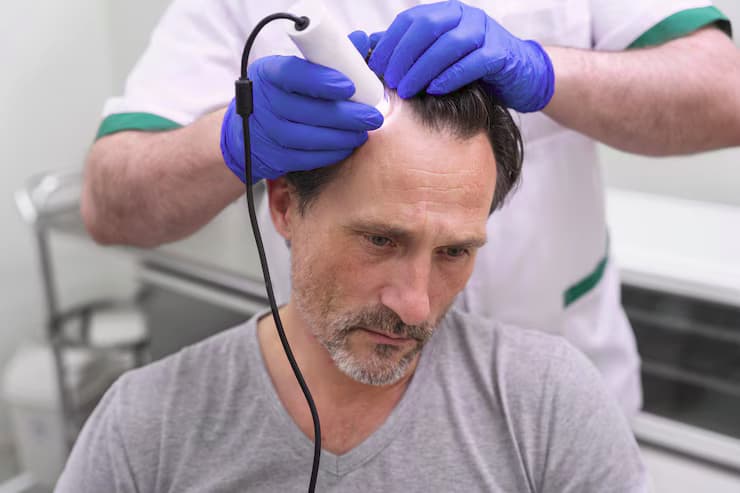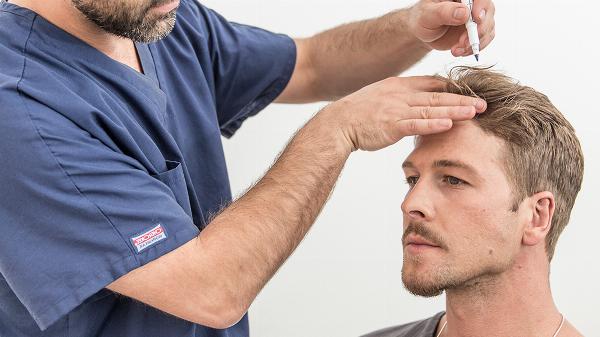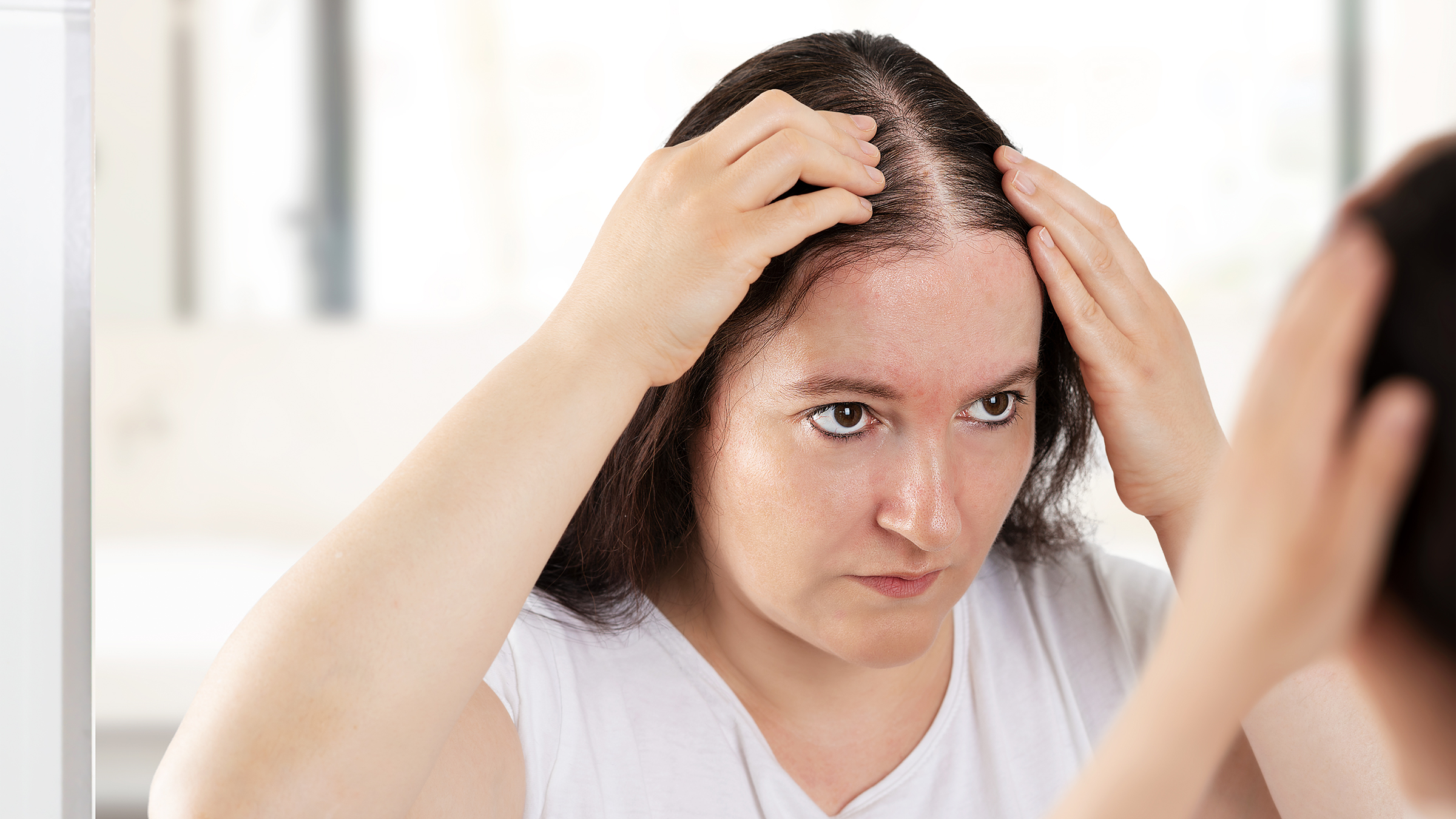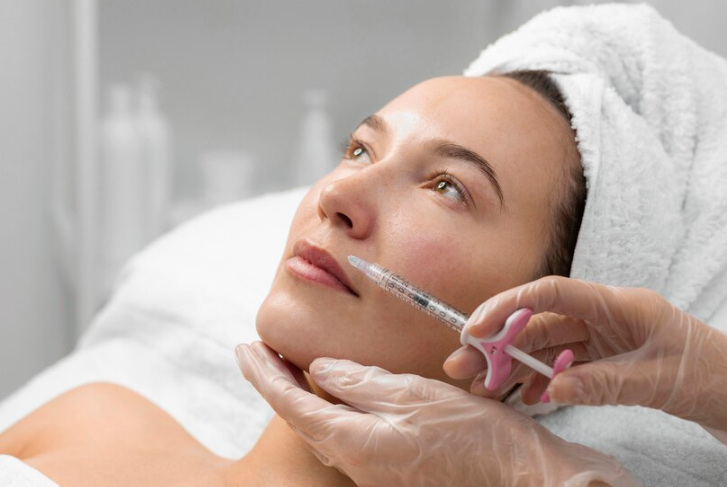What Are the Side Effects of Hair Loss Treatments in Dubai

Strong 8k brings an ultra-HD IPTV experience to your living room and your pocket.
Hair loss treatments in Dubai have gained significant attention due to the country’s advanced medical technology and experienced professionals. Whether you are considering non-surgical options such as medications or opting for more invasive procedures like follicular unit extraction (FUE), it’s important to understand the potential side effects of each treatment. In this article, we will explore the possible side effects of different hair loss treatments (علاج تساقط الشعر) in Dubai and offer advice on how to minimize them for the best outcomes.
✍️ Wondering if PRP is painful or effective? Our article on PRP hair therapy answers common questions about safety, discomfort levels, and visible improvements based on real case studies.
Popular Hair Loss Treatments in Dubai:
Hair loss treatment in Dubai offers a variety of options depending on your preferences, hair type, and the extent of your hair loss. The most common treatments include medications, PRP therapy, FUE hair transplant, and scalp micropigmentation.
Medications for Hair Loss:
Medications like minoxidil and finasteride are popular treatments for hair loss. Minoxidil is available as a topical solution, while finasteride is taken orally.
Platelet-Rich Plasma (PRP) Therapy:
PRP therapy is a non-invasive treatment that involves drawing blood, processing it to concentrate the platelets, and then injecting the concentrated solution into the scalp to stimulate hair growth.
Follicular Unit Extraction (FUE):
FUE is a minimally invasive surgical procedure where individual hair follicles are extracted from a donor area and transplanted into areas of thinning or balding.
Scalp Micropigmentation:
Scalp micropigmentation is a cosmetic procedure where pigment is applied to the scalp to create the appearance of fuller hair, especially in cases of significant hair loss.
Side Effects of Medications:
Medications like minoxidil and finasteride are often the first step in hair loss treatment. Although effective, they come with a risk of side effects.
Minoxidil Side Effects:
Minoxidil is a topical treatment that stimulates hair growth. Some common side effects include:
Scalp Irritation: Itching, redness, or dryness may occur on the scalp.
Excessive Shedding: In the initial stages of treatment, you may experience increased hair shedding. This is a temporary phase known as "shedding," and new hair growth typically begins after a few weeks.
Unwanted Hair Growth: In rare cases, minoxidil may lead to unwanted facial hair growth, particularly for women, if the medication comes into contact with other parts of the skin.
Finasteride Side Effects:
Finasteride is an oral medication that works by blocking the hormone responsible for hair loss. Potential side effects include:
Sexual Side Effects: Decreased libido, erectile dysfunction, or problems with ejaculation can occur in a small percentage of men.
Mood Changes: Some users report feeling depressed or anxious while taking finasteride.
Breast Tenderness: Rarely, men may experience breast tenderness or enlargement as a result of taking finasteride.
Side Effects of PRP Therapy:
Platelet-rich plasma therapy is a non-surgical treatment that uses your own blood to stimulate hair growth. It is considered safe, but there are some potential side effects.
Common Side Effects:
Pain and Discomfort: The injection process may cause mild discomfort or pain at the injection site. This usually resolves within a few hours.
Swelling and Redness: Swelling or redness at the injection site is common after PRP therapy. These symptoms typically subside within a day or two.
Infection: As with any procedure involving injections, there is a slight risk of infection. Proper aftercare can reduce this risk significantly.
Bruising: Some individuals may experience bruising at the injection site, which usually fades within a few days.
Side Effects of FUE Hair Transplants:
Follicular unit extraction (FUE) is a minimally invasive surgical procedure used for hair restoration. While generally safe, it can come with certain side effects.
Common Side Effects:
Swelling and Redness: After the procedure, the scalp may appear red and swollen, particularly at the donor and recipient sites. This typically subsides after a few days.
Infection: Although rare, infections can occur after FUE hair transplants. Following proper aftercare instructions can help prevent infections.
Scarring: FUE leaves tiny dot-like scars at the donor site, which are usually not visible unless the hair is shaved. However, scarring is minimal compared to other transplant methods.
Shock Loss: After the procedure, the transplanted hair may shed, which is called "shock loss." This is temporary, and new hair growth generally begins in a few months.
Side Effects of Scalp Micropigmentation:
Scalp micropigmentation is a non-invasive procedure that applies pigments to the scalp to create the appearance of fuller hair. While side effects are rare, some people may experience:
Common Side Effects:
Skin Irritation: Some individuals may experience mild irritation, redness, or swelling following the procedure.
Allergic Reactions: Although uncommon, some people may have an allergic reaction to the pigment used in the treatment. It’s recommended to perform a patch test before the full procedure.
Fading: Over time, the pigments used in scalp micropigmentation may fade. Touch-up sessions may be needed to maintain the desired look.
Managing Side Effects:
Although side effects are possible with any hair loss treatment in Dubai, they are typically mild and temporary. Here are some tips for managing side effects:
Follow Aftercare Instructions: Proper aftercare can help minimize the risk of complications. This includes avoiding direct sun exposure, keeping the scalp clean, and following any additional post-treatment guidelines provided by the professional.
Be Patient: For many treatments, such as medications and PRP therapy, it can take several months to see significant results. Side effects like shedding or irritation often resolve as the scalp adjusts to the treatment.
Consult a Professional: If side effects persist or worsen, it’s important to consult with a professional to discuss alternatives or modifications to your treatment plan.
Frequently Asked Questions (FAQs):
How long do the side effects of hair loss treatments last?
Side effects from treatments like minoxidil or FUE typically last a few days to weeks, depending on the treatment and the individual’s reaction.
Are hair loss treatments in Dubai safe?
Yes, hair loss treatments in Dubai are generally safe when performed by experienced professionals, but as with any medical procedure, side effects are possible.
Can side effects from hair loss treatments be avoided?
While some side effects are unavoidable, following aftercare instructions carefully and discussing any concerns with a professional can help minimize them.
Conclusion:
Hair loss treatments (علاج تساقط الشعر), including medications, PRP therapy, FUE hair transplants, and scalp micropigmentation, are effective ways to combat hair loss. While side effects are possible, they are generally mild and temporary. By understanding the potential risks and following proper care guidelines, you can enjoy the benefits of hair restoration while minimizing complications.
Note: IndiBlogHub features both user-submitted and editorial content. We do not verify third-party contributions. Read our Disclaimer and Privacy Policyfor details.







